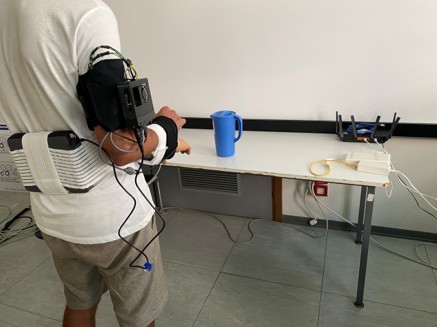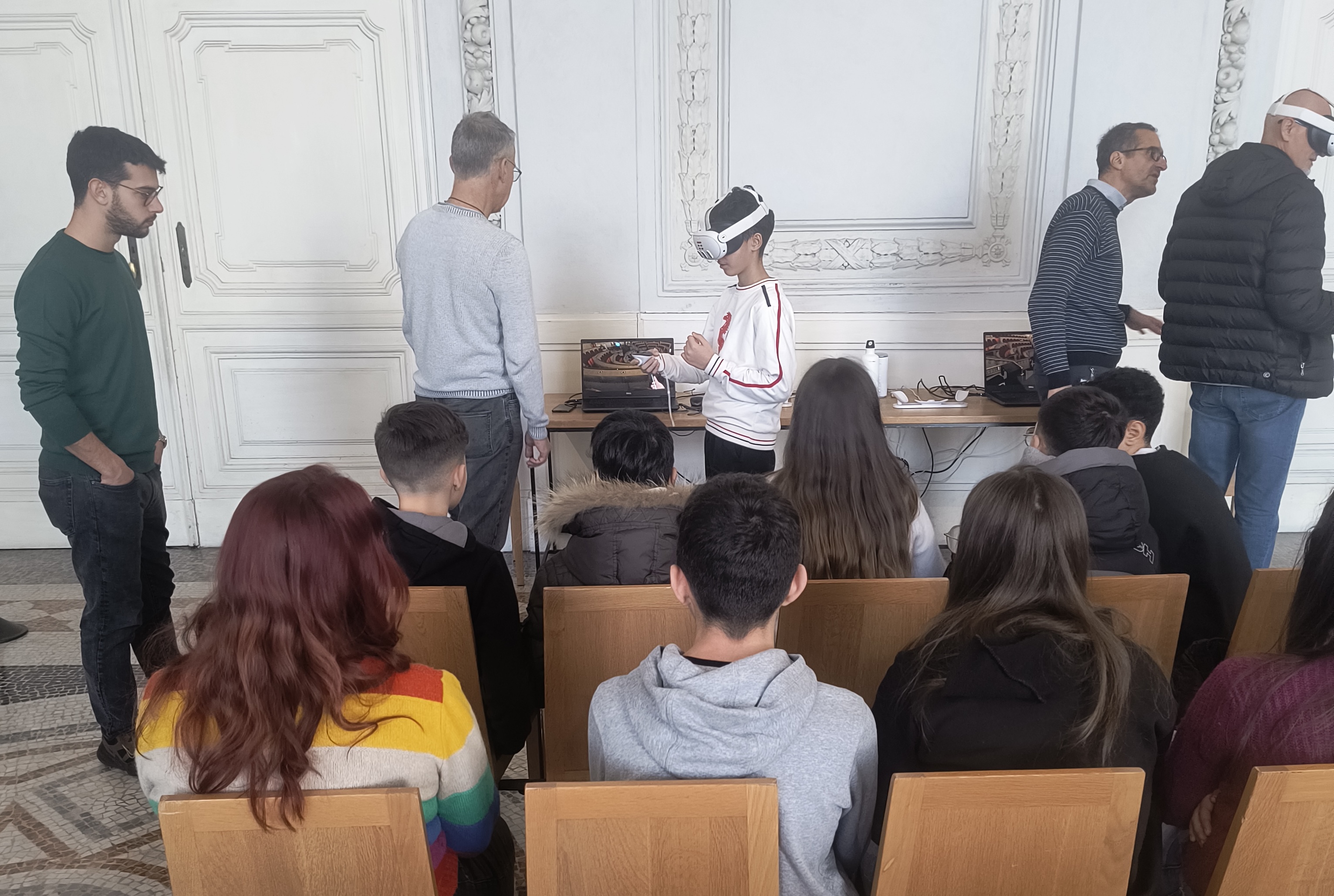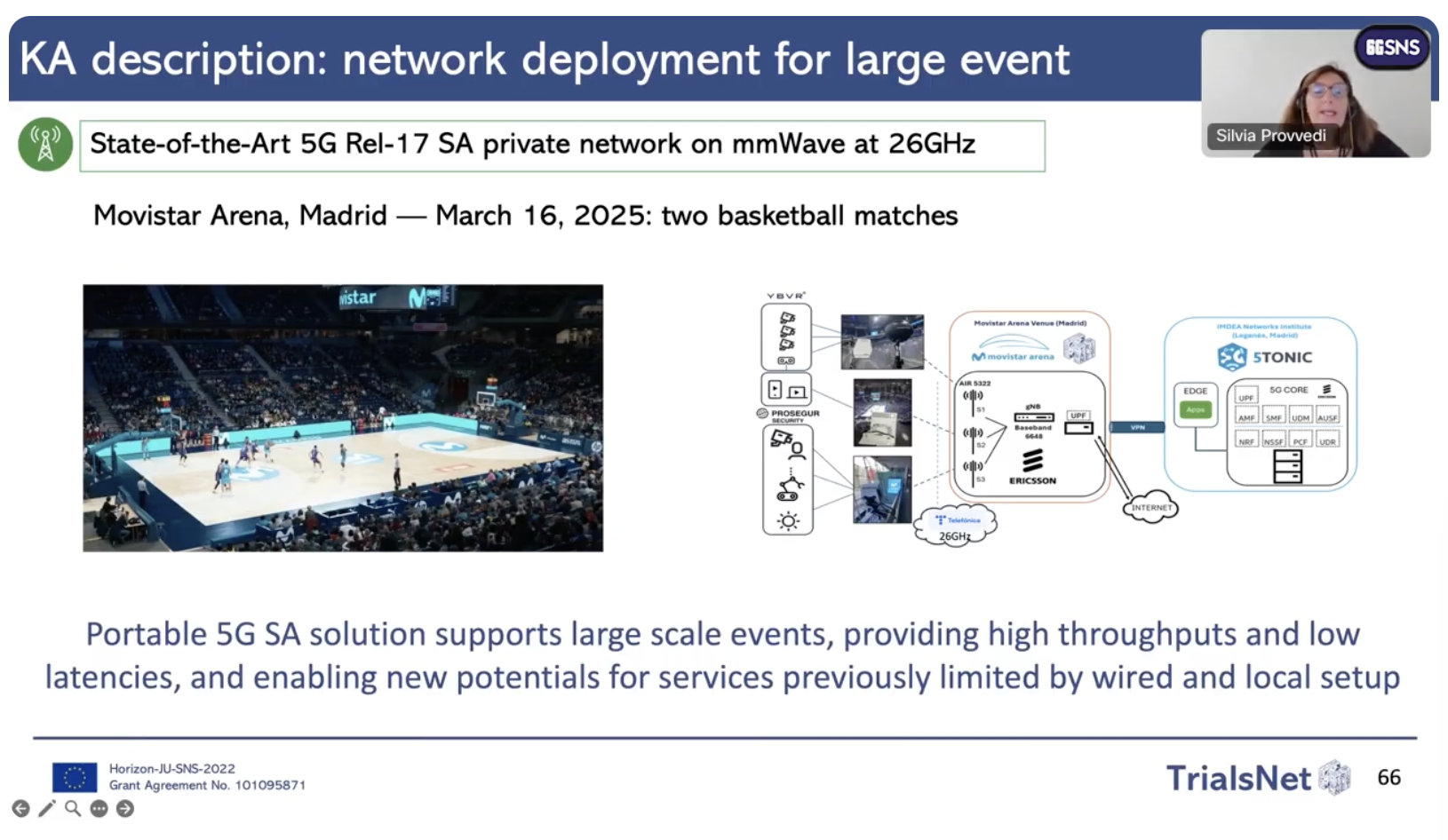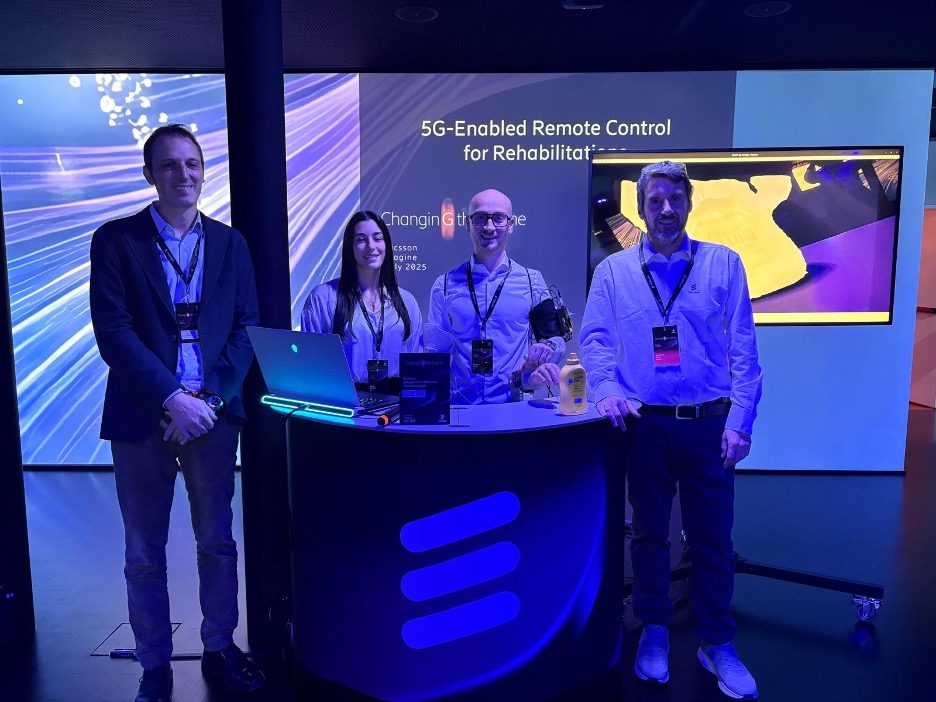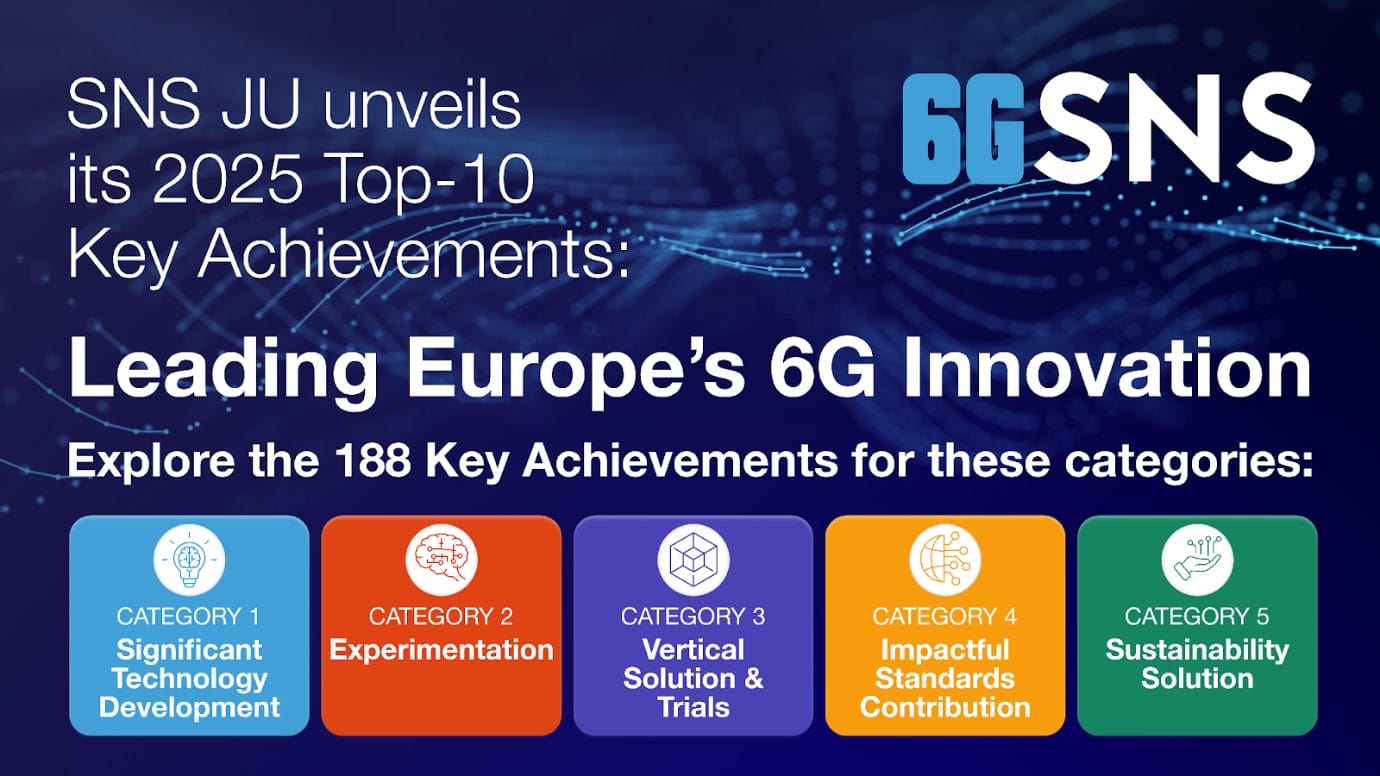UC9 Adaptive Control of Hannes Prosthetic Device
The 5G-Enhanced Bionic Prosthesis use case demonstrates how 5G networks can revolutionize the control of advanced upper limb prosthetics. The main objective is to offload the complex computation required for AI-powered, semi-autonomous control from the prosthesis itself to a remote server. By leveraging ultra-low latency 5G communication, this approach aims to maintain real-time responsiveness between the user’s intent, visual feedback from an integrated camera, and the prosthetic actuation, ultimately making the device more intuitive and less demanding for the user. This use case, part of the EU-funded TrialsNet project, paves the way for lighter, more efficient prosthetics with significantly reduced cognitive load for amputees.
Trial
In June 2025, a trial was conducted to validate the concept of 5G-enabled remote AI processing for prosthetic control. The trial involved 22 able-bodied participants testing the Hannes upper limb prosthesis, developed by the Istituto Italiano di Tecnologia and equipped with semi-autonomous control powered by computer vision.
During the trial, the prosthesis’s palm-integrated camera captured the environment, and this data was streamed over a dedicated 5G network to a remote server for AI-based processing. Thanks to the ultra-low latency communication, the server could instantly send commands back to the prosthetic actuation system, enabling fast end-to-end interaction. This setup successfully maintained real-time responsiveness, allowing users to control the complex, multi-degree-of-freedom device with greater ease and intuitiveness.
The success of this trial was made possible by the collaboration of several TrialsNet partners. The Istituto Italiano di Tecnologia led the development of the Hannes prosthesis (Rehab Technologies Lab) and the AI model (Humanoid Sensing and Perception). Ericsson (Genova and Pisa) provided the 5G infrastructure, CNR (Pisa) hosted and organized the trials, and TIM collaborated on the project. This pioneering work demonstrates how offloading computation via 5G can significantly improve the usability and real-world readiness of complex robotic prostheses, marking a major step forward in creating more natural and user-friendly assistive devices.
